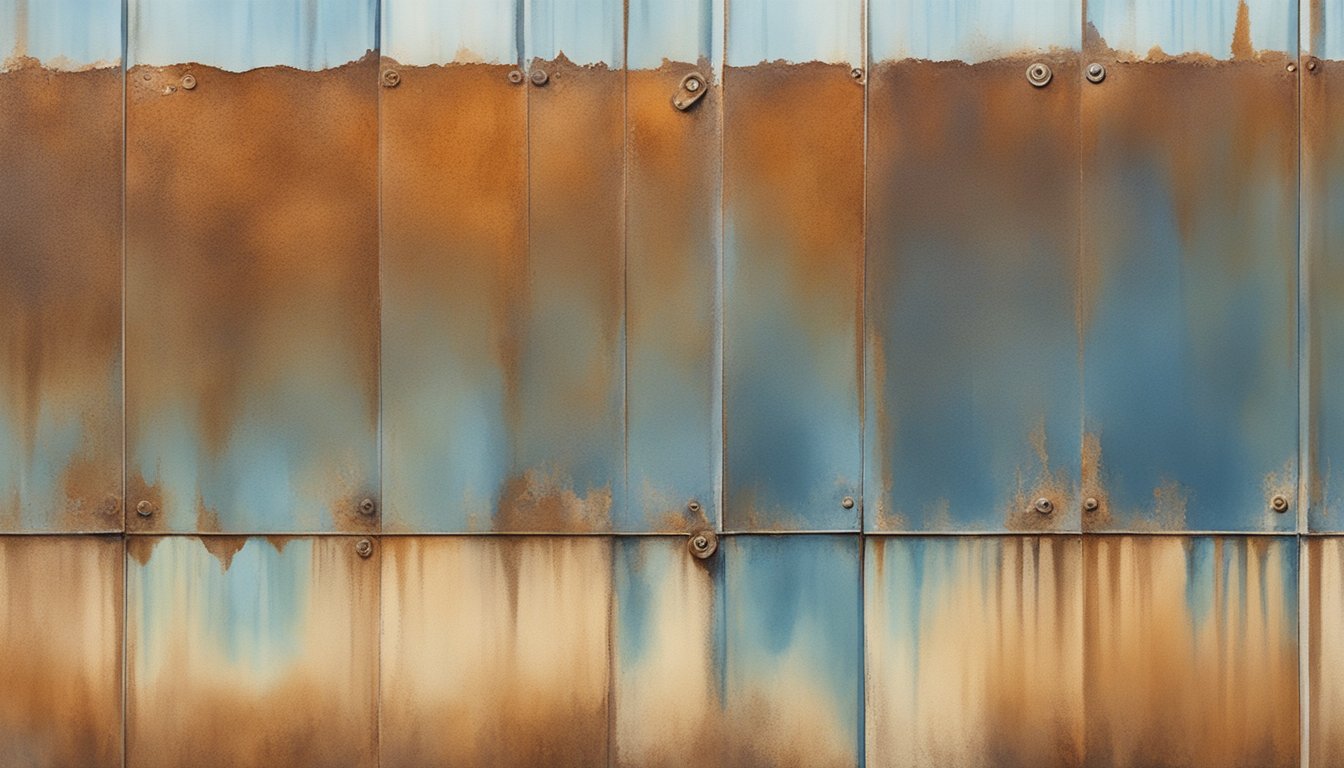Call us: (631) 270 9692
Removing rust from metal can seem like a daunting task, but it’s quite manageable with the right approach. Rust weakens metal objects like iron and steel, making them look unattractive and potentially damaging their structure. Whether we are dealing with a small tool or a larger piece of furniture, there are effective methods to clean rust off metal.
One common method involves creating a simple paste using baking soda and water, which we can spread on the rusted area, let it sit, and scrub off with a brush. For more stubborn rust, using a chemical rust remover can be effective. Grinding and sanding are also viable options for metal pieces without delicate finishes.
No matter the method we choose, patience and a bit of effort are key. Regular maintenance prevents rust from returning, ensuring our metal items stay in top condition. By following these tips, we can keep our iron and steel items free from rust and looking as good as new.
Chemical Rust Removal Methods
Using chemicals can efficiently clean rust off metal. From specialized commercial rust removers to household ingredients, various options are available.
Using Commercial Rust Removers
Commercial rust removers are specifically formulated to dissolve rust. These products often contain strong acids like phosphoric acid or oxalic acid. When using commercial rust removers, it is important to follow the manufacturer’s instructions carefully.
We should wear gloves and goggles for protection due to the acidic nature of these chemicals. After applying the remover, we let it sit for the recommended time before scrubbing off the rust. It’s crucial to rinse the metal thoroughly to remove any remaining chemical residue. Popular commercial brands include Evapo-Rust and WD-40 Specialist Rust Remover Soak.
DIY Rust Removal Solutions
Household ingredients offer simple and effective ways to remove rust. Vinegar is one of the most common DIY solutions. We can soak smaller rusty items in vinegar for several hours or overnight. After soaking, we scrub the rust off with a brush. Lemon juice mixed with salt also works well and can be used similarly.
Baking soda paste is another option. We mix baking soda with water to create a thick paste, apply it to the rust, and then scrub after letting it sit for a while. Another effective household solution is using a bit of baking soda with a touch of water. These DIY methods are cost-effective and can be just as effective as commercial products for less severe rust.
Mechanical Rust Removal Techniques
When manual methods are insufficient for removing rust from metal surfaces, mechanical techniques are often necessary. These involve using tools to physically scrape or grind away the rust.
Manual Rust Scraping and Sanding
We often start with simple manual methods like scraping and sanding. Using tools like steel wool, sandpaper, or a wire brush, we can effectively remove surface rust.
Steel wool is useful for lighter rust, as it can conform to the shape of the metal. For tougher rust, sandpaper is better. We recommend starting with a coarse grit to remove the bulk of the rust, then moving to a finer grit for a smooth finish. A wire brush is good for getting into crevices and removing larger rust patches.
Power Tools for Rust Removal
For more extensive rust removal, we use power tools such as grinders, electric sanders, and drills fitted with wire wheels. Power tools save time and effort compared to manual methods.
An electric sander with medium to coarse grit sandpaper can quickly remove rust from flat surfaces. Grinders are powerful and can take off a lot of material quickly. However, they should be used carefully to avoid damaging the metal. Wire wheels attached to drills can get into smaller spaces and are excellent for detailed work. These tools require less elbow grease and are highly efficient for larger rust removal projects. For precision, always keep a steady hand and follow safety practices to avoid injury.
Protecting Metal Surfaces Post-Rust Removal

To keep metal surfaces rust-free after cleaning, we need to take some preventative steps. Moisture is the main cause of rust, so reducing exposure is crucial. For items like patio furniture, storing them indoors or under covers when not in use can help prevent rust.
Using a primer is a great way to protect the metal. We can apply a paint primer to create a smooth surface for the paint to adhere. High-quality paint is essential for forming a durable layer against moisture. Spray paint is a convenient option for covering large areas or detailed items.
A rust converter can be useful for treating any remaining rust spots. These products chemically convert rust into a stable compound, which prevents further corrosion. Applying oil to metal tools can also help to create a moisture barrier.
For stainless steel surfaces, regular cleaning and drying can prevent rust formation. Using a light oil or a protective spray helps maintain the surface’s integrity. In areas with high humidity, dehumidifiers can reduce moisture levels, protecting metal items stored indoors.
When applying paint, it’s important to use a paintbrush for small or detailed areas. For larger surfaces, spray paint ensures an even coat. After the primer and paint, adding a top coat provides an extra layer of protection.
Don’t forget to use protective eyewear while working with primers, paints, and other chemicals. Ensuring proper ventilation during application also keeps us safe. By following these steps, we can effectively prevent rust and prolong the life of our metal surfaces.





